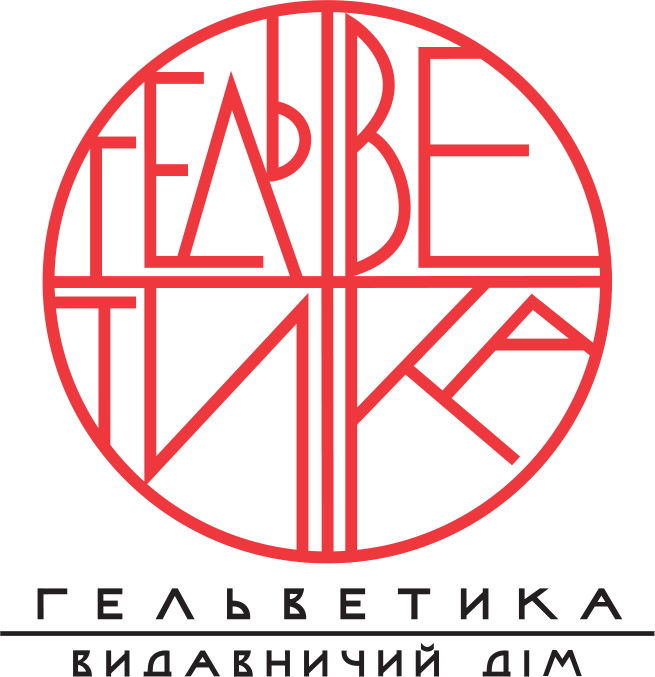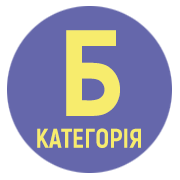FORMATION OF AN ARTIST’S EXECUTIVE SKILL THROUGH THE PRISM OF FAST DRAWING
DOI:
https://doi.org/10.32782/uad.2025.1.21Keywords:
artist, activity, performing skills, ways of formation, quick drawing (sketching)Abstract
The relevance of rapid drawing is highlighted, its nature, effectiveness and functioning as a component, means and method of forming the artist’s performing skills are analysed. Common narratives for all types of rapid drawing are revealed, the tasks characteristic of each are differentiated and the starting positions regarding their direct implementation are distinguished both in the training of applicants for a certain fine art profession and in the practice of already mature artists, maintaining and improving their professionalism. The purpose of the article – is to reveal the specifics of types of rapid drawing, to determine and justify the relevance of resorting to such drawing as a factor and means of improving artistic and performing skills. Materials and methods. The key principle of revealing the problem raised is a comprehensive approach. A differentiated analysis of each position, determination of certain bases, dominants and priorities, feasibility and significance of rapid drawing involved the use of specific methods of work. The main ones are: search and bibliographic, art history, integrative, general and local observation, artistic analysis, comparison, abstraction, systematization, reconstruction, etc. Scientific novelty. The essence and functions of rapid drawing are comprehensively analysed, and its significance as a moderator of artistic and performing skills is substantiated. For the first time, the inter-integration of types of rapid drawing in the search and development of compositions of works is revealed; five key aspects are identified as the motivation for the use of rapid drawings in the visual practice of both applicants for a particular artistic specialty and already mature artists. Conclusions. Artistic activity in the light of the considered is of a complex nature. The key is systematic work on oneself, which includes (should include) the performance of various training tasks, exercises, and resorting to such drawing, which we call «fast». Due to its nature, contents and methods of implementation, this drawing is important and significant from various sides, since it is endowed with valuable educational properties. The author identifies the actualises of fast drawing in both the educational process and professional activity as: convenience, relative simplicity of its execution; locational accessibility; focus on high-quality mastery of the profession, maintaining the level of acquired skill, its improvement; the need to improve the perception of reality; efficiency in searching for and developing compositions of works.
References
Балан У., Пашукова С. Практика скетчінгу в Україні : розвиток та сучасний стан. Актуальнi питання гуманiтарних наук. 2024. Вип. 74. Т. 1. С. 46–50.
Белянський О. Короткочасний рисунок і майстер клас : Навч. посібник. Луганськ : ЛДКІКМ, 2008. 124 с.
Гаюк І. Сучасне мистецтво – проблемність підходів у визначенні сутності феномену. Вісник ЛНАМ. 2024. Вип. 52. С. 26–37.
Крижевська С. Г. Розвиток навичок швидкого малювання при виконанні короткочасних замальовок. Методичні рекомендації для самостійної роботи. Одеса : ПНПУ ім. К. Д. Ушинського, 2017. 25 с.
Кулініч Л. Короткочасний рисунок у фаховій підготовці майбутніх вчителів образотворчого мистецтва. Наукові записки КДПУ ім. Володимира Винниченка. Серія : Педагогічні науки. 2015. Вип. 141. Ч. 2. С. 67–70.
Локарєва Г. В. Формування художньо-естетичного сприйняття як професійної якості в майбутнього художника-дизайнера. Вісник університету імені Альфреда Нобеля. Серія «Педагогіка і психологія». 2017. № 2. С. 175–180.
Макушина І. В. Начерк як засіб оволодіння мистецтвом рисунка. Наукові праці [Чорноморського державного університету імені Петра Могили комплексу «Києво-Могилянська академія»]. Серія : Педагогіка. 2012. Т. 188. Вип. 176. С. 76–80.
Нікітін А. Короткочасний рисунок як важлива складова сучасної художньої творчості. Мистецтвознавство України. 2020. Вип. 20. С. 45–51.
Пашукова С. П., Чембержі Д. А., Дубрівна А. П. Скетчінг як ефективний інструмент творчої діяльності. АРТ-платФОРМА : альм. Київ : КМАЕЦМ, 2023. Вип. 2. С. 309–324.
Піддубна О. М. Значення начерків у художньо-творчій діяльності майбутніх учителів образотворчого мистецтва з дисциплін «Малюнок» і «Живопис». Вісник Житомирського державного університету імені Івана Франка. Педагогічні науки. 2016. Вип. 2. С. 107–111.
Полудень Л. І. Пленерна практика у підготовці майбутнього художника. Традиції та новітні технології у розвитку сучасного мистецтва. Збірник матер. Всеукр. наук.-практ. конф. (м. Черкаси, 6 травня 2015 р.). Черкаси : Брама-Україна, 2015. С. 122–125.



